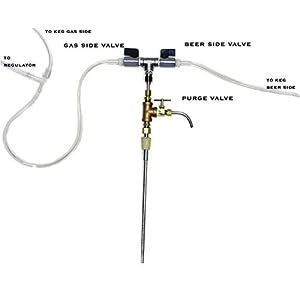I've decided to do all my comp beers this year in glass as I'll be storing some of them for several months. When bottling in PET I squeeze to expel all the air before tightening and the bottles of course go back into shape as they carb.
With glass this isn't an option, so I'm thinking of using the oxygen eating caps and wonder:
How do they work
Has anyone used them
With glass this isn't an option, so I'm thinking of using the oxygen eating caps and wonder:
How do they work
Has anyone used them





